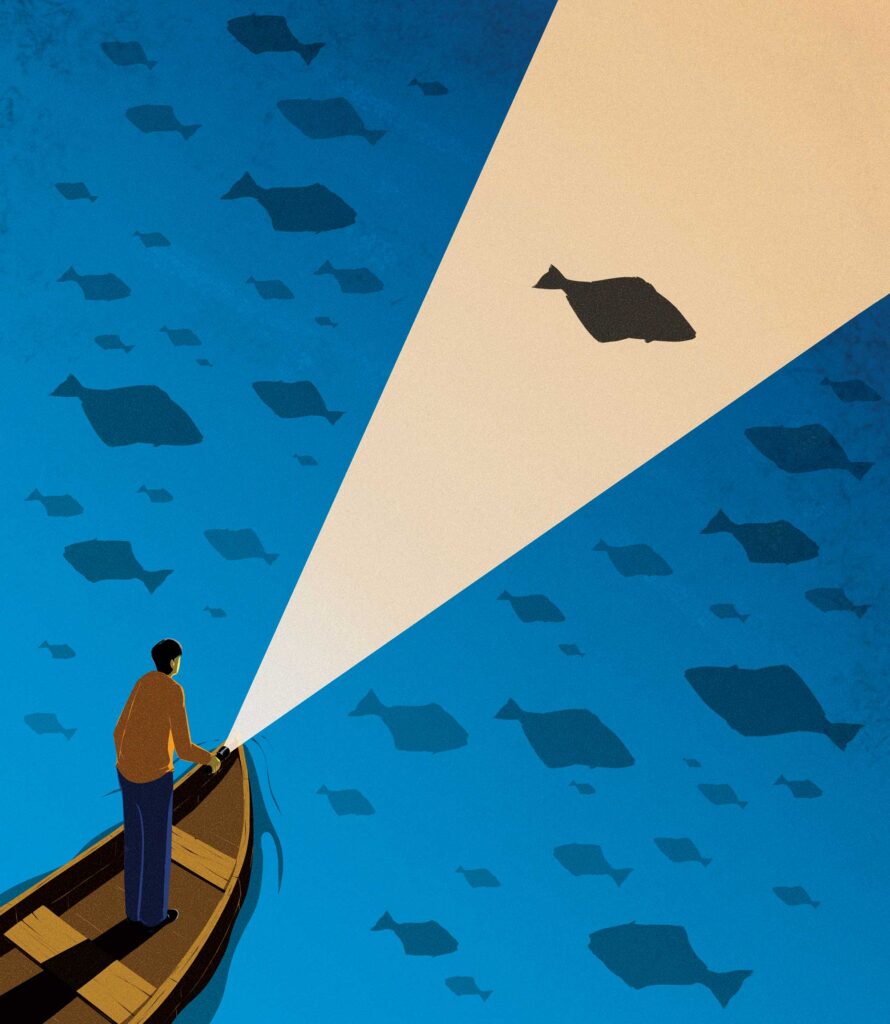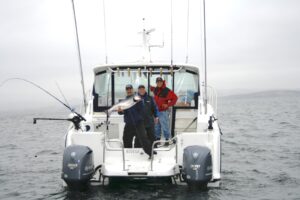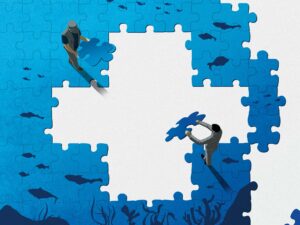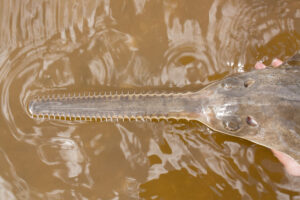
Fishery regulators in California want to reduce the daily recreational bag limit statewide for California halibut to two fish (from five fish in southern waters and three fish in the north). By the time you read this, that statute change might have already taken place because it was on the agenda before the California Fish and Game Commission at its February 14, 2024 meeting.
Whatever the outcome, the reasoning for this proposed broad-stroke change resides at least partly in a cascade of events that, oddly enough, started with two completely different Pacific fisheries—king salmon and rockfish.
You might recall reading here that federal fishery managers completely closed the 2023 ocean salmon season last spring and summer in California to commercial and recreational fishing. The decision was based on projections that king salmon populations in the ocean waters off California had reached historic lows.
The crisis came about for two reasons. For one, a sustained drought some years earlier reduced water supplies. Secondly, state water managers delivered unsustainable amounts of water to the state’s agro-industry. This eliminated the deep, cold water pool at the bottom of Lake Shasta that sustains downstream salmon populations. Consequently, warm water flowed into the Sacramento River, which was lethal to about 98 percent of the salmon eggs and juvenile fish. Low flows also led to high mortality of any young salmon that managed to survive.
Even though recreational fishermen were innocent bystanders to the decimation, the angling community supported the federal decision to shut down the season in the hope of more salmon in years ahead. But then there was another setback last year as new federal groundfish regulations resulted in closures to many areas where anglers traditionally fished for rockfish, lingcod and other bottom species.
What does any of this have to do with California halibut? Ocean salmon fishing takes place largely in the coastal and bay waters of northern California. Unable to fish for salmon, anglers in NorCal quickly turned their focus to California halibut.
Party-boat, private-boat and kayak anglers often enjoy good spring and summer halibut fishing in waters such as San Francisco Bay, San Pablo Bay and Tomales Bay, as well as along the rugged northern coast. But state fishery managers grew concerned that without opportunities to pursue salmon or rockfish, anglers would exert too much pressure on halibut populations. That led to emergency regulatory action to reduce the recreational daily bag limit from three fish to two in the north.
Now the Fish and Game Commission has embarked in codifying that limit, for not only northern California but also all of the state’s ocean and tidal waters. For anglers in the Golden State, it seems that no good deed goes unpunished. Supporting a decision to shut down salmon fishing in 2023 earned them a cut in halibut limits, north and south—loss upon loss.
One might justify reducing limits in the north, but why in the south? “It helps simplify enforcement throughout the state,” says Craig Shuman, Ph.D., the marine region manager for the California Department of Fish and Wildlife. Shuman also maintains that it’s the right thing to do. “No one needs to keep five halibut,” he says.
Read Next: California Halibut Limit Cut Significantly
That sounds more like convenience and opinion than science, says Wayne Kotow, executive director for the Coastal Conservation Association of California. “Where’s the data that justifies this regulatory change, especially in the south?” he asks. “I certainly have not seen it.”
Kotow also wonders why the recreational fishery is the sole focus, and not the commercial fishery. “The majority of harvest of California halibut is in the commercial fishery, and yet no one is proposing a reduction in that sector,” he points out.
“The use of the ‘uniform regulation’ argument is disingenuous,” says Marc Gorelnik, chair of the Government Relations Committee for CCA Cal. “California is a large and diverse state with 840 miles of coastline with five different groundfish management areas and four different salmon management areas, each with different regulations.
“It isn’t credible that CDFW enforcement officers cannot continue to easily manage two different bag limits for halibut.”
Ultimately, permanently altering any fishing statutes based on a perceived convenience or what someone considers the “right thing” rather than using a science-based approach to fishery management sets a very dangerous precedent going forward. To paraphrase a famous movie line, “Show me the data.” Then we can talk about changes.









